7 rock and heavy metal songs that sound the same as the other songs
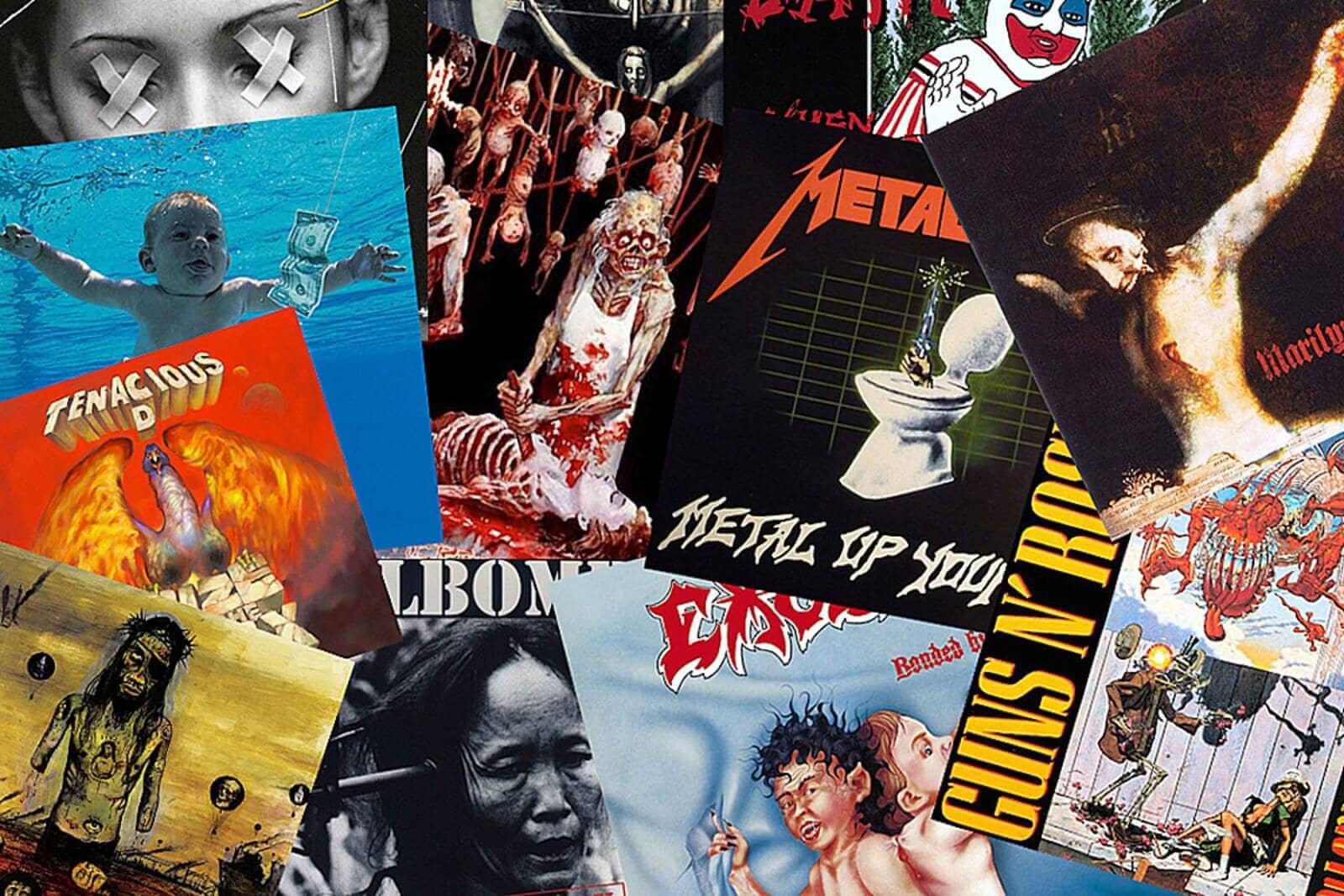
Some rock and heavy metal songs sound the same. Whether intentionally or not, there have been many songs that sound similar to other heavy metal songs. This has resulted in controversial conversations between creators and, in the worst situations, genuine copyright claims from one artist to another.
Here is a list of the songs with the most comparable tones in music by comparing some of the most contentious jams from today’s singers to those initially recorded decades ago. We looked at 7 rock and heavy metal songs that sound too similar to others to be comfortable because it can be challenging to develop creative concepts. Check the similar 7 rock and heavy metal songs below!
Rock and heavy metal songs that sound the same
- Megadeth – ‘The Four Horseman’ vs Megadeth – ‘Mechanix’
- AC/DC – ‘T.N.T.’ vs Lou Gramm – ‘Arrow Thru Your Heart ‘
- Killing Joke – ‘Eighties’ vs Nirvana – ‘Come as You Are’
- Metallica – ‘Sad But True’ vs Avenged Sevenfold – ‘This Means War’
- Iron Maiden – ‘Powerslave’ vs Dio – ‘Killing the Dragon’
- Ministry – ‘Just One Fix’ vs Rammstein
- Strapping Young Lad – ‘Love?’ vs Machine Head – ‘Beyond The Pale’
Related: Metal and Rock Albums Releases in 2023 – Full Calendar
1. Metallica – ‘The Four Horseman’ vs Megadeth – ‘Mechanix’
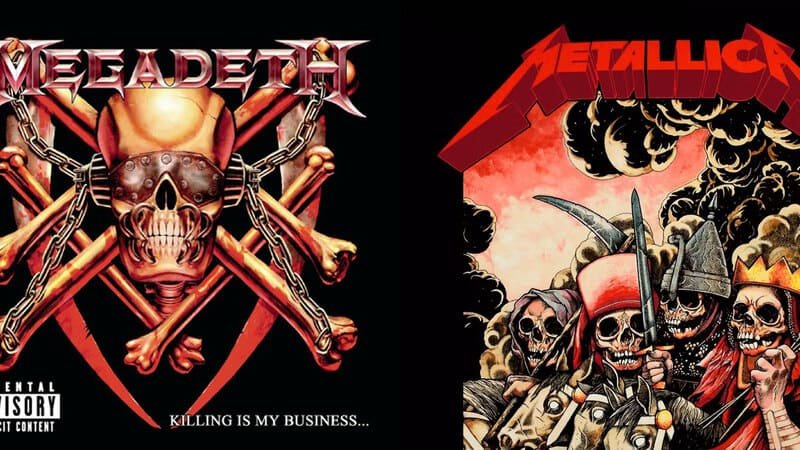
“Due to their shared origins and musical legacy, Metallica‘s ‘The Four Horsemen‘ and Megadeth‘s ‘Mechanix‘ sound similar.” Both songs share a shared origin since ‘Mechanix’ was originally composed by Dave Mustaine while he was a member of Metallica as ‘The Four Horsemen.’ When Dave Mustaine left Metallica, he revised the song and released it with Megadeth, giving birth to ‘Mechanix.’
Here are some of the reasons why the two songs sound similar:
Because Dave Mustaine wrote both songs, they have a similar musical structure and multiple riffs. The two tracks’ main lyrical themes are identical, resulting in a noticeable overlap between ‘The Four Horsemen’ and ‘Mechanix.’
Both tracks were heavily influenced by Dave Mustaine’s musical style and guitar technique. As a founding member of Metallica and Megadeth, Mustaine brought his unique thrash metal style to ‘The Four Horsemen’ and ‘Mechanix.’ Both tunes include fast-paced, strong guitar riffs and intensity.
Despite their similarities, ‘The Four Horsemen‘ and ‘Mechanix‘ have grown into different creatures with their own personalities. The original composition of ‘The Four Horsemen’ is included but with a darker, more threatening tone and a greater spectrum of musical components. ‘Mechanix,’ on the other hand, embodies Megadeth’s characteristic thrash metal approach, with a faster pace, more aggressive vocals, and reworked lyrical topics.
2. AC/DC – ‘T.N.T.’ vs Lou Gramm – ‘Arrow Thru Your Heart’
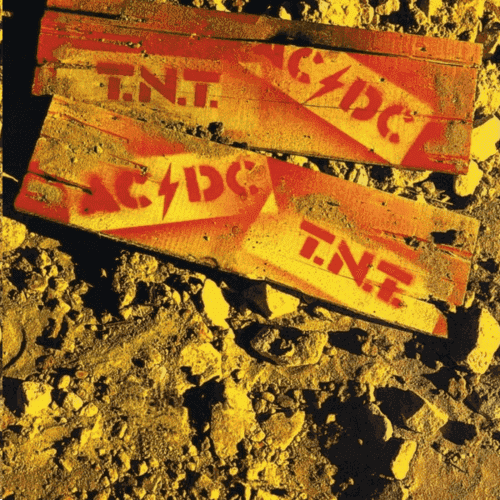
The rhythm is different, but “Arrow Thru Your Heart” from Lou Gramm‘s 1987 album “Ready or Not” sounds a lot like AC/DC‘s “T.N.T.”
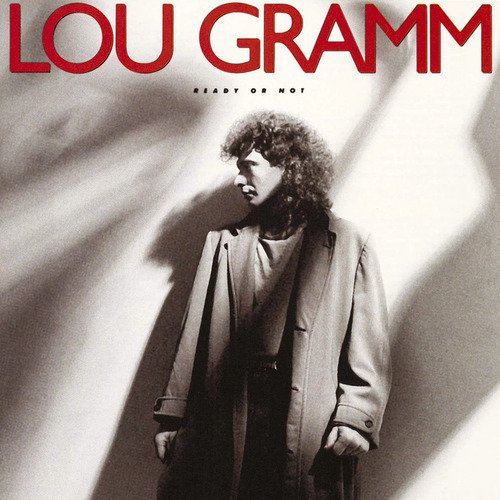
“T.N.T.” by AC/DC is a classic example of the band’s characteristic hard rock sound and style. “T.N.T.” was released in 1975 on the same-name album and features many of the unique characteristics that have made AC/DC one of the most influential and for rock bands in history. The following style aspects may be found in the song:
“T.N.T.” is distinguished by its basic and easily recognizable guitar riffs, key to AC/DC’s distinct sound. The song’s powerful beat and unique guitar hooks improve its eternal appeal.
“T.N.T.” is a typical, no-frills rock song structure with an identifiable chorus and a simple, catchy melody. “T.N.T.” is distinguished by its primary and easily recognizable guitar riffs, key to AC/DC’s distinct sound.
The gritty, strong vocals of lead singer Bon Scott give “T.N.T.” an identifiable edge and attitude. His strong vocal delivery and captivating stage presence are unique of AC/DC’s style and add to the song’s overall impact.
T.N.T.” reflects AC/DC’s music’s rebellious, high-voltage character. This song’s catchy tones, bold lyrics, and unashamed rock and roll attitude established it as one of the band’s greatest and most iconic tracks.
Lou Gramm, the legendary vocalist and former frontman of Foreigner, is famous for his unusual singing style and contributions to the rock music world. His solo music combines traditional rock, AOR (Album-Oriented Rock), and melodic rock, highlighting his exceptional vocal range and expressive delivery. Gramm’s songs are known for their slick production, unique melodies, and meaningful lyrics.
Gramm has the skills to write dramatic ballads and dynamic rock anthems in his solo career, frequently including catchy hooks and carefully planned orchestration. His vocal performances are distinguished by emotional depth and authenticity, which heighten the impact of his songs.
Gramm’s songs have touched on various themes throughout his solo record, including love, personal problems, and adaptability, creating a sympathetic and engaging musical experience for his fans.
3. Killing Joke – ‘Eighties’ vs Nirvana – ‘Come as You Are’

Although “Eighties” by Killing Joke and “Come as You Are” by Nirvana share musical details, they are different in technique and overall sound.
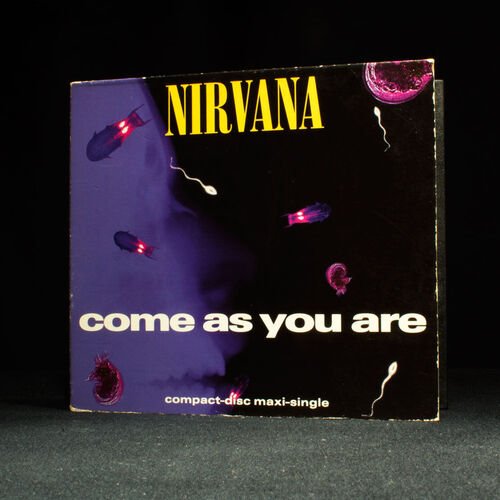
While there may be some subjective interpretations and musical influences, it is important to highlight the unique characteristics that identify these songs:
Killing Joke’s 1984 single “Eighties” is a post-punk and new wave track distinguished by its pounding bassline, aggressive guitar riffs, and industrial-tinged sound. “Come as You Are” by Nirvana, on the other hand, is a grunge song recognized for its melodic guitar lines, brooding atmosphere, and expressive vocal delivery. While both songs were written during the alternative and underground rock eras, they belong to different subgenres, each with a specific sound identity.
The lyrical content of the two songs is markedly different. Killing Joke’s “Eighties” critiques consumer culture and harmony, with this commentary on the 1980s culture of consumption. In contrast, Nirvana’s “Come as You Are” discusses honesty, self-acceptance, and personal struggle with introspective and enigmatic lyrics that speak to alienation and the search for identity.
The vocal delivery in “Eighties” is defined by a gritty and harsh vocal style that complements the aggressive instrumentation of the song, reflecting the band’s post-punk and industrial inspirations.
“Come as You Are,” on the other hand, shows Kurt Cobain’s signature controlled but deeply felt vocals.
4. Metallica – ‘Sad But True’ vs Avenged Sevenfold – ‘This Means War’
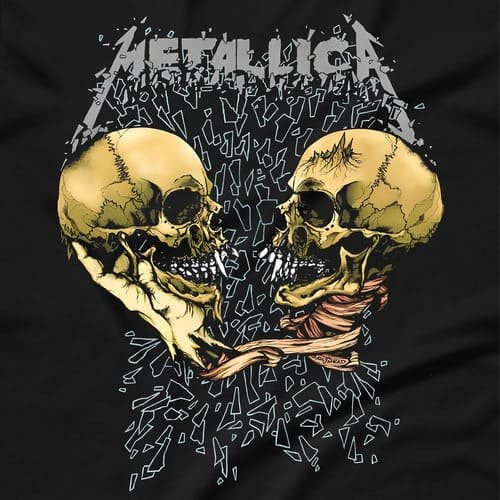
While “Sad But True” by Metallica and “This Means War” by Avenged Sevenfold are both heavy metal songs, they have specific musical characteristics that distinguish them.
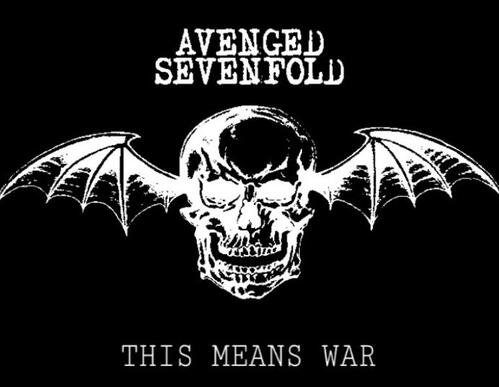
These differences contribute to each track’s own identity. Here are some things to think about:
Metallica’s “Sad But True” from their 1991 self-titled album is famous for its heavy and funky riffs, contributing to the song’s dark and forceful atmosphere. Avenged Sevenfold’s “This Means War” has a similar heavy sound, with guitar riffs and a strong rhythmic beat.
Metallica’s James Hetfield and Avenged Sevenfold’s M. Shadows each have their own singing styles. Hetfield’s deep, angry vocal delivery in “Sad But True” fits with the strong support and contributes to the song’s dark tone. M. Shadows’ vocals in “This Means War” are similarly forceful and angry. But with a more melodic and modern metal style, lending the song its own distinct identity.”
Sad But True” discusses introspection, darkness, and internal strife, while “This Means War” highlights confrontation and courage in the face of adversity, reflecting a more aggressive and confrontational tone.
Related: The Most Hated Rock and Metal Albums in History
5. Iron Maiden – ‘Powerslave’ vs Dio – ‘Killing the Dragon’
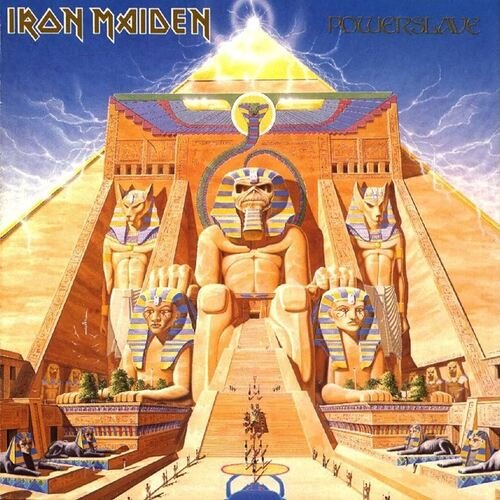
‘Powerslave‘ by Iron Maiden and ‘Killing the Dragon‘ by Dio are iconic heavy metal songs, but they have unique musical characteristics that set them apart.
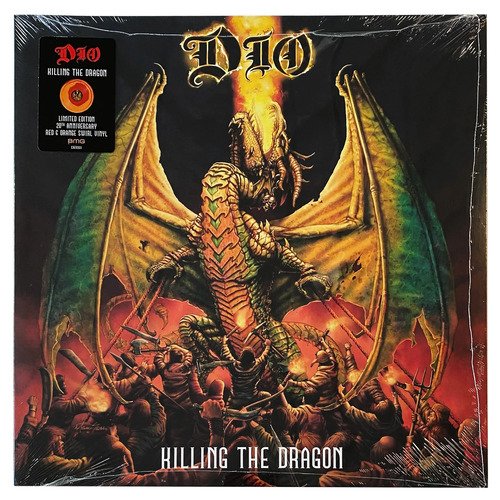
When comparing the two songs, consider the following factors:
‘Powerslave’ by Iron Maiden is a classic heavy metal track notable for its aggressive guitar riffs, elaborate solos, and epic composition from their 1984 album. ‘Killing the Dragon’ by Dio, on the other hand, from the 2002 album of the same name, exhibits a blend of conventional heavy metal with elements of hard rock, with powerful vocal performances and appealing guitar melodies.
Iron Maiden‘s Bruce Dickinson and Ronnie James Dio have unique and recognized singing styles. Dickinson’s operatic and strong vocal delivery in ‘Powerslave’ contributes to the epic and grandiose sense of the song, while Dio’s distinctive soaring vocals in ‘Killing the Dragon’ lend a commanding and theatrical element to the music, exhibiting his unique vocal range and expressiveness.
‘Powerslave‘ also goes into ancient Egyptian mythology and power, providing a symbolic and storytelling experience. Meanwhile, ‘Killing the Dragon’ concentrates on confrontation and triumph over challenges with a more straightforward and aggressive lyrical style.
6. Ministry – ‘Just One Fix’ vs Rammstein – ‘Du Hast’
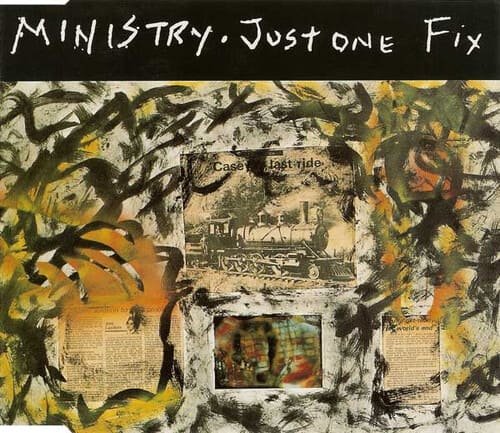
“‘Just One Fix‘ by Ministry and ‘Du Hast‘ by Rammstein are industrial metal songs with intense and aggressive musical characteristics.
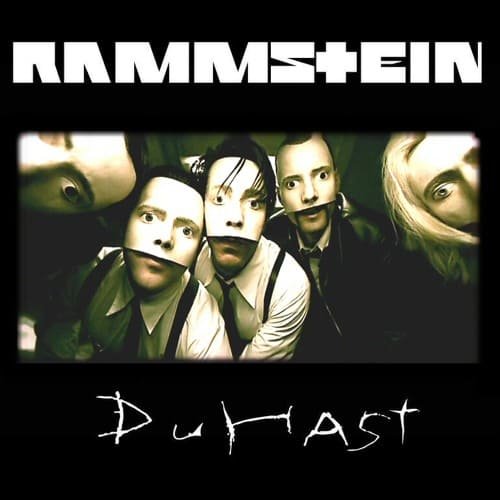
While they have certain similarities in their heavy and rhythmic sound, they also have specific features that set them apart.
Consider the following points while comparing the two songs:
Ministry’s ‘Just One Fix,’ released in 1992, is famous for its relentless industrial fashion, that includes strong guitar riffs, electronic beats, and brutal singing. Rammstein’s ‘Du Hast,’ was released in 1997 and has a powerful combination of hard guitar-driven riffs, electronic elements, and the band’s unique brutal vocals.
While both tracks include passionate and aggressive vocal performances, Ministry’s Al Jourgensen and Rammstein’s Till Lindemann have unique approaches. The rough and violent tone of Jourgensen’s vocal delivery in ‘Just One Fix’ fits the song’s industrial and metal fusion.
Lindemann’s deep and forceful vocals in ‘Du Hast,’ on the other hand, have a unique melodic sound that adds to the song’s anthemic and robust tone. ‘Du Hast’ focuses on lies and mistrust, with lyrics that play on the ambiguity of the German term “Du Hast” (you have). These distinct lyrical components contribute to each song’s overall tone and message.
7. Strapping Young Lad – ‘Love?’ vs Machine Head – ‘Beyond The Pale’
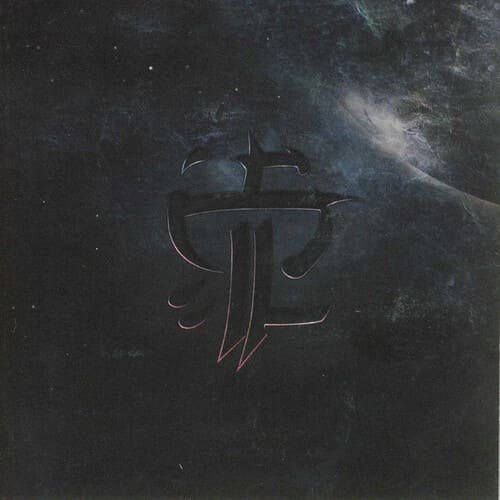
The comparison of Strapping Young Lad‘s ‘Love?‘ and Machine Head‘s ‘Beyond The Pale‘ reveals connections within the heavy metal genre, highlighting a shared intensity and aggressive energy.
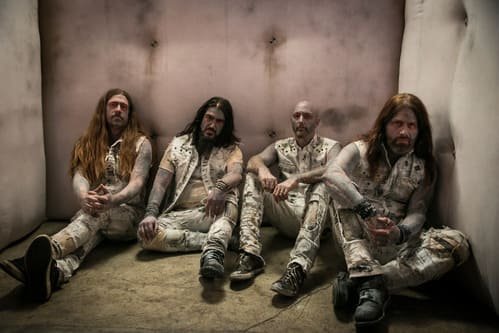
Despite their different personalities, the following important similarities:
‘Love?’ and ‘Beyond The Pale’ have tremendous and dramatic metal energy, with driving guitar riffs, pulsing rhythms, and forceful vocal performances. Both tracks’ relentless music adds to an overwhelming sense of natural emotion and passion that attracts fans.
The dynamic vocal range of Devin Townsend in ‘Love?’ and the dominating vocal presence of Robb Flynn in ‘Beyond The Pale’ share a common thread of powerful expression, reflecting the emotional depth and fury inherent in the heavy metal genre.
While ‘Love?’ looks at themes of internal competition and emotional strife, ‘Beyond The Pale’ reveals societal separation and rebellion against cultural conventions. Despite subtle changes in their lyrical tales, both tunes resonate with themes of personal empowerment, self-expression, and a rebellious attitude, appealing to audiences looking for an outlet for emotional catharsis.
What are your thoughts on rock songs that sound the same as the other songs? Let us know in the comment section!